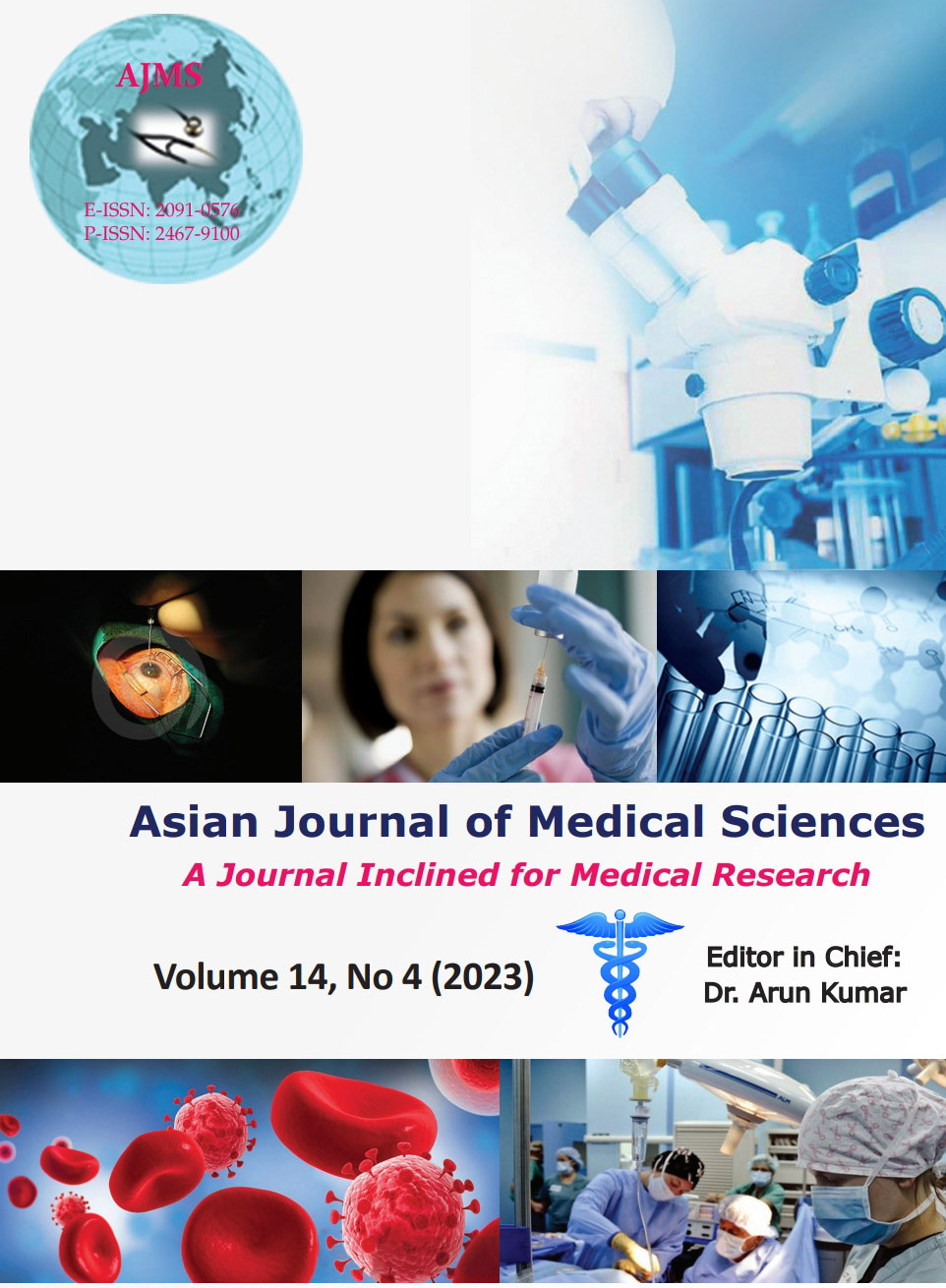Serum sodium and water imbalance after sellar, suprasellar, and parasellar surgeries: A prospective and observational study
Keywords:
Diabetes insipidus; Hyponatremia; Pituitary; Sellar; Suprasellar; Parasellar; SurgeriesAbstract
Background: Sodium and water imbalance is common after sellar, suprasellar, and parasellar surgeries. A wide variation in the diagnostic criteria of diabetes insipidus (DI) has been noted in literature. A highly variable incidence of DI and hyponatraemia has been reported. There is paucity of Indian studies.
Aims and Objectives: The study was designed to evaluate serum sodium level and water imbalance after sellar, suprasellar, and parasellar surgeries. This was evaluated in terms of occurrence of hyponatraemia and central DI on day 1 and day 7 in the post-operative period.
Materials and Methods: Patients of either sex, aged from 18 to 65 years, ASA physical status I-II, GCS score ≥13, with baseline normal electrolyte level, posted for elective neurosurgical procedures for sellar, suprasellar, and parasellar tumours, were included for this study after satisfying the inclusion and exclusion criteria. A convenient sampling of 50 patients was considered for this study. The primary outcome measures were to determine the incidence of hyponatraemia and central DI. Other adverse event and any requirement of desmopressin in the post-operative period were also noted.
Results: In the present study, the majority (74%) of patients were 31–50 years. Female preponderance was noted with male: female ratio as 1:1.4. Out of 50 cases 41 (82%) had transcranial surgery and 9 (18%) had transphenoidal surgery. The incidence of sodium and water disturbances (SWD) was observed in 22% (11/50) patients. Out of these 11 patients, nine developed DI and two had hyponatremia on day 1 in the post-operative period. Both the abnormalities were found to recover on day 7. Only 1 patient (2%) required desmopressin.
Conclusion: The incidence of SWD after sellar, suprasellar, and parasellar surgeries was found to be common (22%). The hyponatraemia and DI responded to the therapy and were transient in nature.
Downloads
Downloads
Published
How to Cite
Issue
Section
License
Copyright (c) 2023 Asian Journal of Medical Sciences

This work is licensed under a Creative Commons Attribution-NonCommercial 4.0 International License.
Authors who publish with this journal agree to the following terms:
- The journal holds copyright and publishes the work under a Creative Commons CC-BY-NC license that permits use, distribution and reprduction in any medium, provided the original work is properly cited and is not used for commercial purposes. The journal should be recognised as the original publisher of this work.
- Authors are able to enter into separate, additional contractual arrangements for the non-exclusive distribution of the journal's published version of the work (e.g., post it to an institutional repository or publish it in a book), with an acknowledgement of its initial publication in this journal.
- Authors are permitted and encouraged to post their work online (e.g., in institutional repositories or on their website) prior to and during the submission process, as it can lead to productive exchanges, as well as earlier and greater citation of published work (See The Effect of Open Access).




